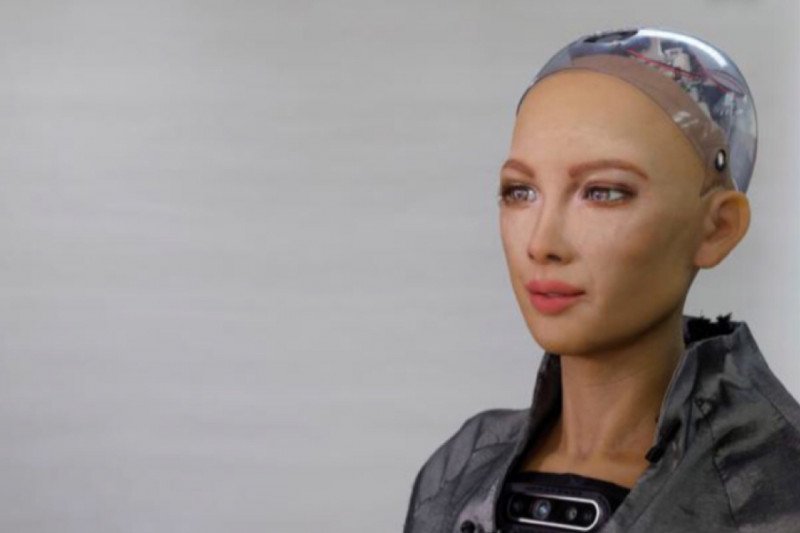Humanoid robot maker Sophia, introduced in 2016, plans to mass produce the robot by the end of the year.
Hanson Robotics, based in Hong Kong, said four models, including Sophia, would start rolling out in the first half of 2021, just as researchers predicted the pandemic would open up new opportunities for the robotics industry.
“The world of COVID-19 will need more automation to keep people safe,” said Hanson Robotics founder and chief executive David Hanson.
Hanson believes robotic solutions to the pandemic are not limited to healthcare, but can also help customers in a number of industries, such as retail and airlines.
“The Sophia and Hanson robots are unique in that they are very similar to humans,” he added. “The robot can be very useful during times when people are very lonely and socially isolated.”
Hanson aims to sell “thousands” of robots by 2021, both large and small, without giving a specific size.
Social robotics professor Johan Hoorn, who researched Sophia, said that although the technology is still in its infancy, a pandemic could accelerate the relationship between humans and robots.
“I can conclude that the pandemic will actually help us get robots on the market earlier, as people are starting to realize there is no other way,” said Hoorn, of Hong Kong Polytechnic University.
Hanson Robotics launched a robot this year named Grace, which was developed for the healthcare sector.
Products from other big players in the industry are also helping during a pandemic. SoftBank Robotics’ Pepper Robot is deployed to detect people who are not wearing masks.
In China, robotics company CloudMinds helped set up a field hospital run by robots during the coronavirus outbreak in Wuhan.
The use of robots was on the rise before the pandemic. According to a report by the International Federation of Robotics, worldwide sales of professional service robots jumped 32 percent to US $ 11.2 billion between 2018 and 2019.

